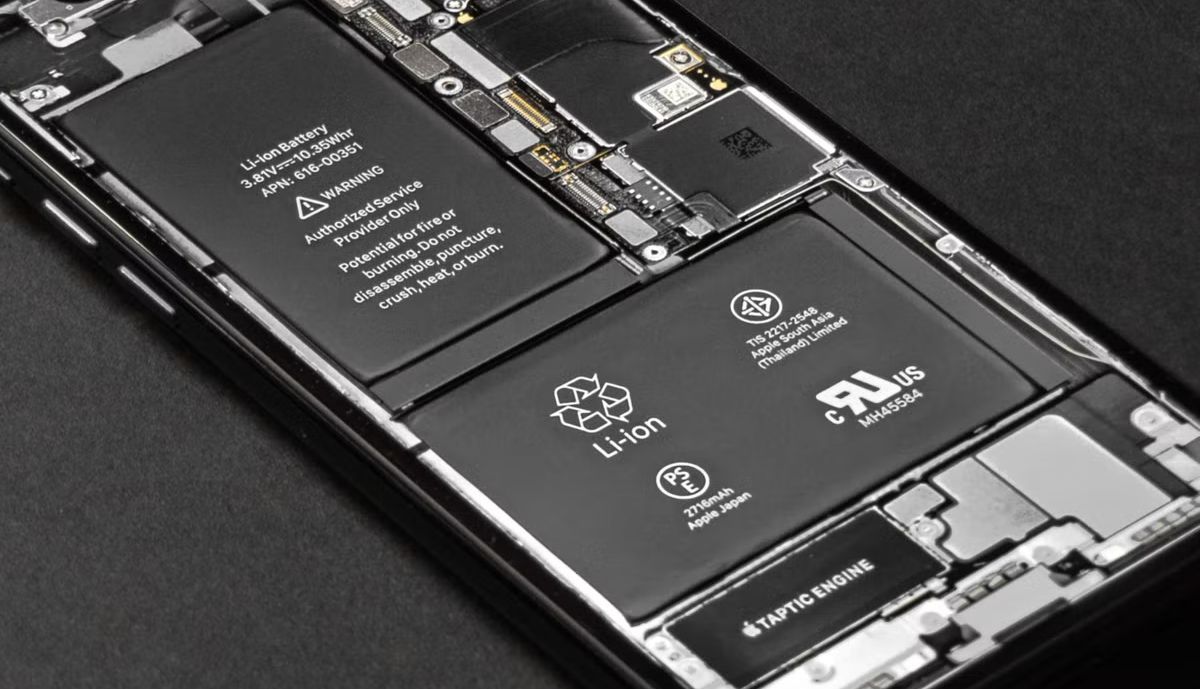Last December we reported that European Union has taken steps to easily remove and replace batteries from devices with respect to their life cycle and recycling. The agreement between the European Council and the European Parliament signaled that the new legislation would go ahead, and so it was in a recent vote in which 587 MEPs voted in favor and another 20 abstained.
How the recently approved legislation will work when it comes into force remains to be seen, but it is clear that it is in line with the European Union’s long-standing policy of reducing the amount of waste produced within its territory. The European Parliament explains in a press release that “the new law takes into account technological developments and the future challenges of the sector and will cover the entire life cycle of batteries, from design to end of life”.
What the European Parliament approved is essentially what was agreed with the European Council at the time, but it doesn’t hurt to include the key measures of the new legislation, which are sure to upset many a technology company:
- Mandatory carbon footprint statement and label for electric vehicle (EV) batteries, LMT batteries (for example for electric scooters and bicycles) and industrial rechargeable batteries with a capacity greater than 2 kWh.
- Design portable batteries for home appliances so that consumers can easily remove and replace them themselves.
- Digital battery passport for LMT batteries, industrial batteries with a capacity greater than 2 kWh and EV batteries.
- Due diligence policy for all business entities except small and medium-sized enterprises.
- Stricter waste collection targets: for portable batteries 45% by 2023, 63% by 2027 and 73% by 2030. For LMT batteries 51% by 2028 and 61% by 2031.
- Minimum levels of materials derived from waste batteries. Lithium: 50% by 2027 and 80% by 2031. Cobalt, copper, lead and nickel: 90% by 2027 and 95% by 2031.
- Minimum levels of recycled content for use in new batteries. Eight years after the entry into force of the regulation: 16% cobalt, 85% lead, 6% lithium and 6% nickel. Thirteen years after entry into force: 26% cobalt, 85% lead, 12% lithium and 15% nickel.

As this is a regulation, its application will be direct once it enters into force. regardless of whether the member countries of the European Union have modified it through national legislation. It would be different if it was a directive, because if it was, it would be up to each country to develop its own laws to achieve the agreed targets.
Achille Variati, rapporteur for the new regulation and MEP from the European Socialists and Democrats for Italy, explained that the European Union now has “circular economy legislation that covers the entire life cycle of a product, an approach that is good for both the environment and Environment. as well as the economy.
“Our overall goal is to build a stronger recycling industry in the European Union, especially for lithium, and a competitive industrial sector as a whole, which will be essential for the energy transformation and strategic autonomy of our continent in the coming decades. These measures could become a benchmark for the entire global battery market.”
It is nothing new for the European Union to pass legislation that seeks to reduce waste and protect consumer rights. However, the question remains how manufacturers understand the easy removal of the battery and in what types of devices it will eventually be applied, while the term “appliance” hides so much in itself that it can even sound ambiguous.














